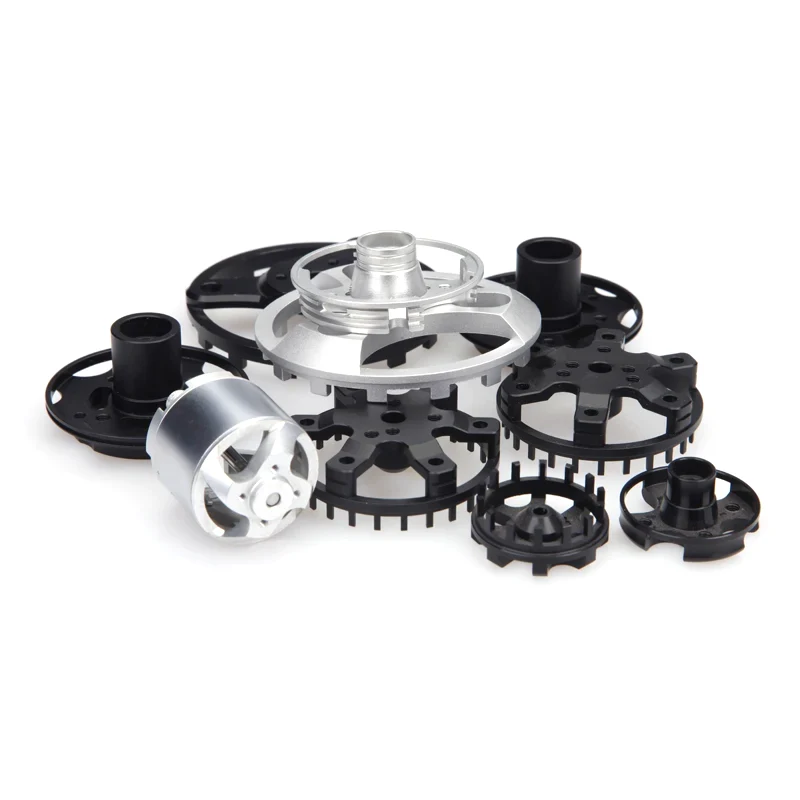- English
- Español
- Português
- русский
- Français
- 日本語
- Deutsch
- tiếng Việt
- Italiano
- Nederlands
- ภาษาไทย
- Polski
- 한국어
- Svenska
- magyar
- Malay
- বাংলা ভাষার
- Dansk
- Suomi
- हिन्दी
- Pilipino
- Türkçe
- Gaeilge
- العربية
- Indonesia
- Norsk
- تمل
- český
- ελληνικά
- український
- Javanese
- فارسی
- தமிழ்
- తెలుగు
- नेपाली
- Burmese
- български
- ລາວ
- Latine
- Қазақша
- Euskal
- Azərbaycan
- Slovenský jazyk
- Македонски
- Lietuvos
- Eesti Keel
- Română
- Slovenski
- मराठी
- Srpski језик
Processability analysis of CNC parts
2025-07-24
As a pre-processing link of intelligent manufacturing, the processability analysis of CNC parts directly affects production efficiency, cost control and product precision through systematic evaluation of part design, material properties and processing flow, and is the core technical support for ensuring high-quality delivery of CNC processing.

Material adaptability analysis is the basis of processability evaluation. For titanium alloy parts in the aerospace field, it is necessary to confirm the material hardness (HRC30-35) and toughness parameters in advance, select special carbide tools (such as WC-Co alloy), and preset a cutting speed of 150-200m/min to avoid excessive surface roughness due to material sticking to the tool (Ra≤1.6μm is required). The 45 steel commonly used in automotive parts has better processability and can be cut at 500m/min with high-speed steel tools, which increases processing efficiency by 30%.
The rationality of structural design directly determines the feasibility of processing. The hole distribution of parts should avoid deep holes (depth > 5 times the diameter) and oblique holes interlaced, otherwise the risk of vibration caused by insufficient tool rigidity will increase; the transition radius of the step shaft should be ≥1mm to prevent stress concentration during processing and cause workpiece deformation. For mold parts with complex curved surfaces, the tool path needs to be simulated by CAM software to ensure that a finishing allowance of 0.2-0.5mm is reserved to balance processing efficiency and molding accuracy.
Process optimization is the key to reducing costs and increasing efficiency. In mass production, process analysis can realize the merging of processes - such as integrating the milling of parts, drilling of positioning holes, and tapping into one clamping, reducing the number of tool changes (from 5 times to 2 times), and shortening the processing time of a single piece by 40%. At the same time, by analyzing the tolerance level of parts (such as the processing difference between IT7 and IT9), matching CNC machine tools with corresponding accuracy (±0.01mm vs ±0.05mm) can avoid cost waste caused by "over-processing".
The processability analysis of CNC parts can reduce manufacturing costs by an average of 15-20% and shorten production cycles by 25% through the three-dimensional evaluation of "materials - structure - process" while ensuring product quality, becoming a key bridge connecting design and production in intelligent manufacturing.





